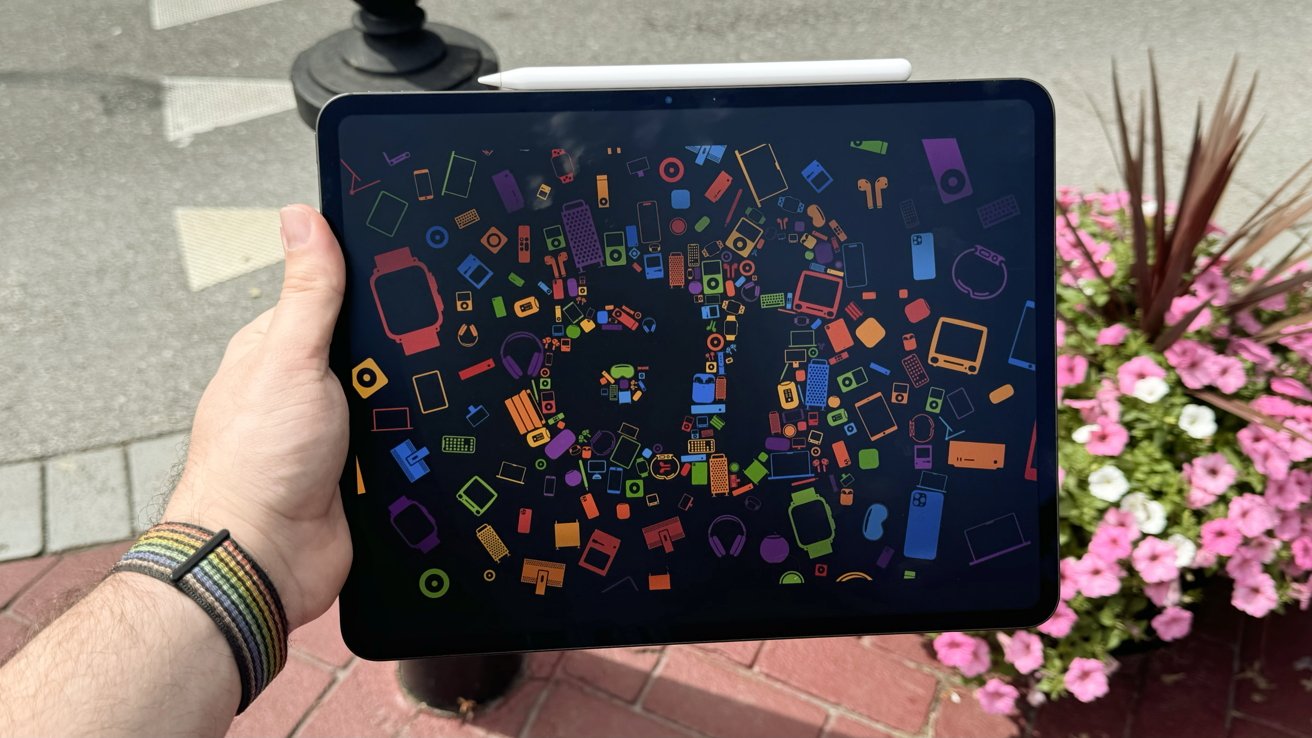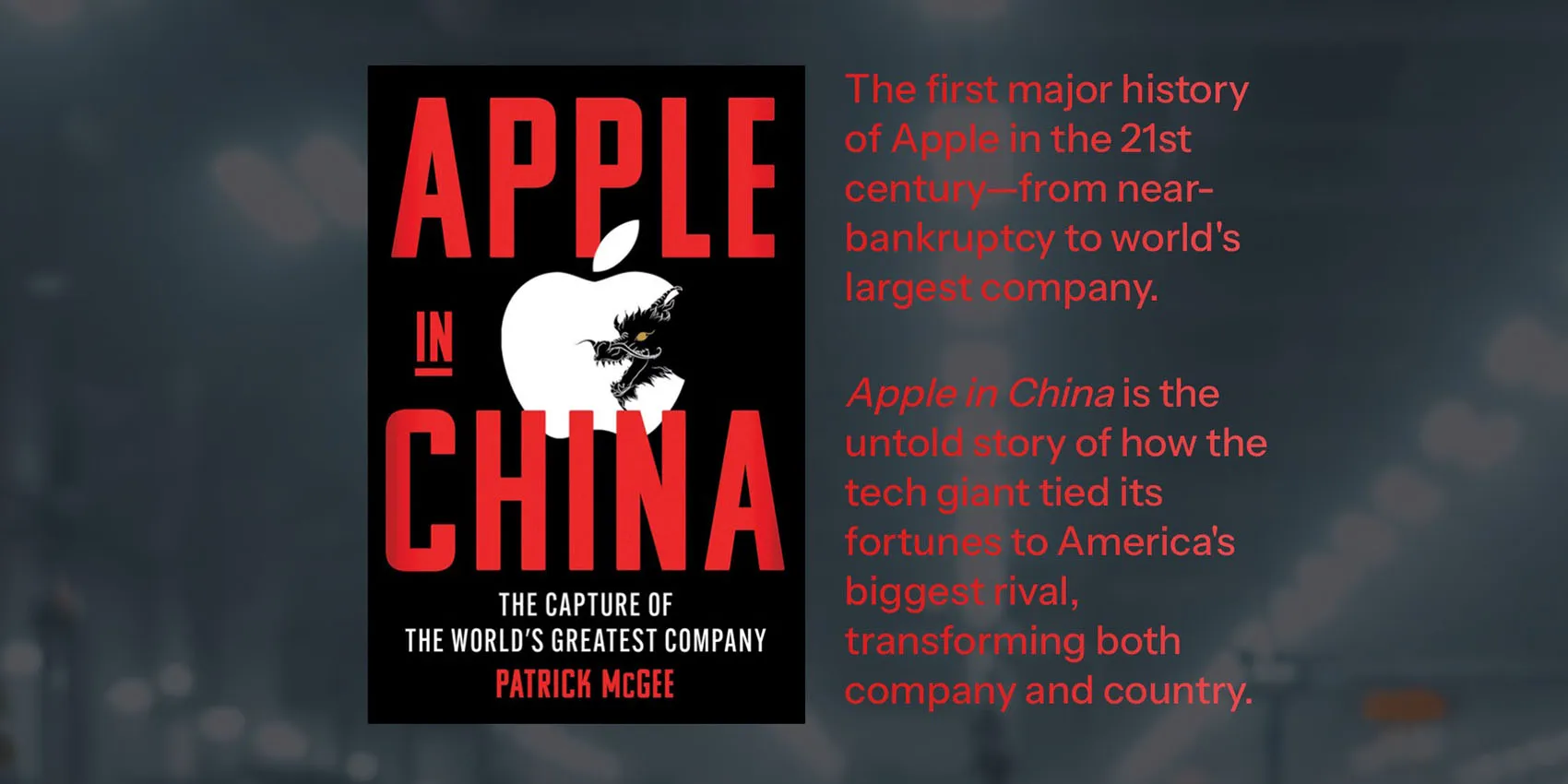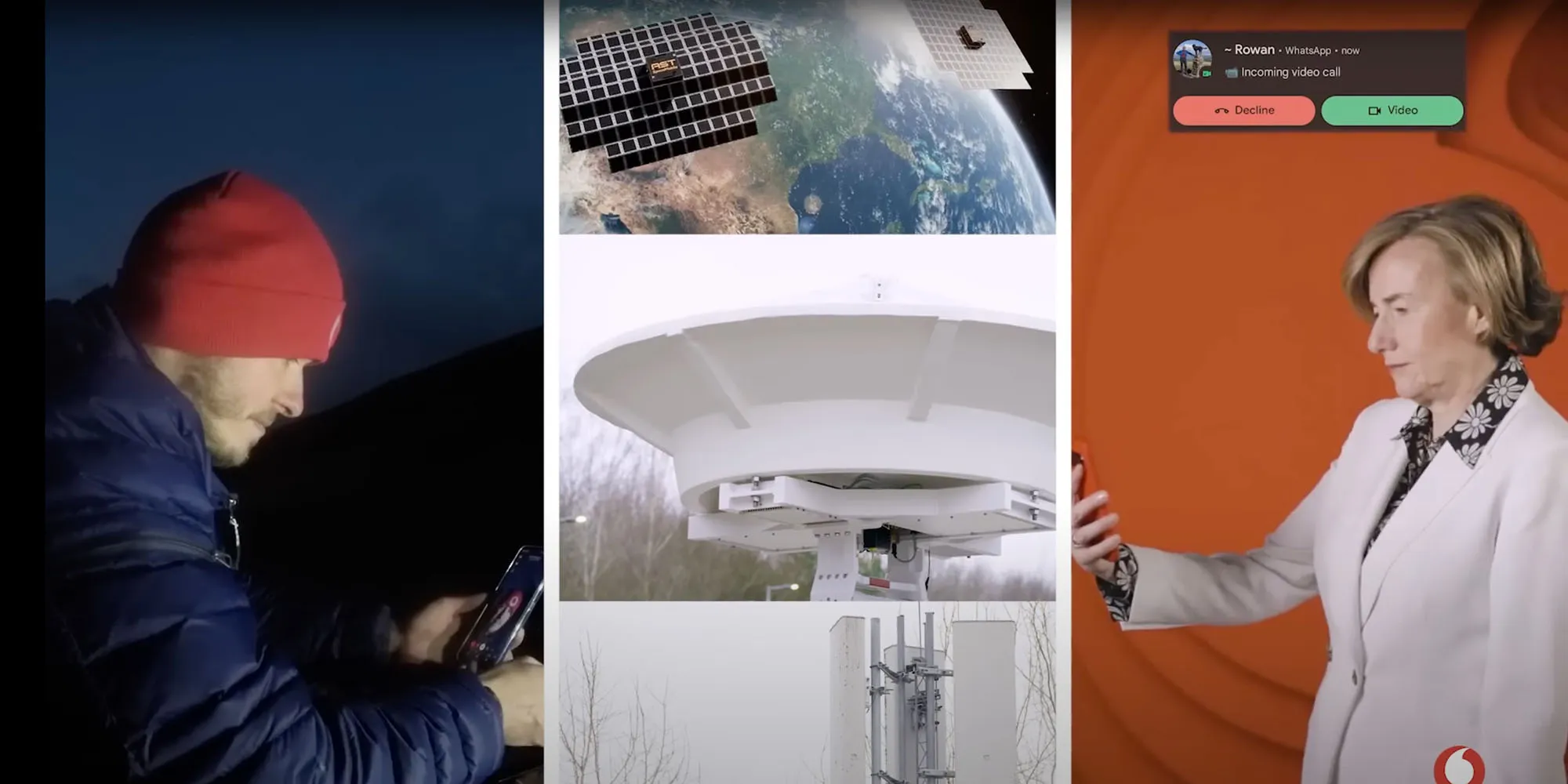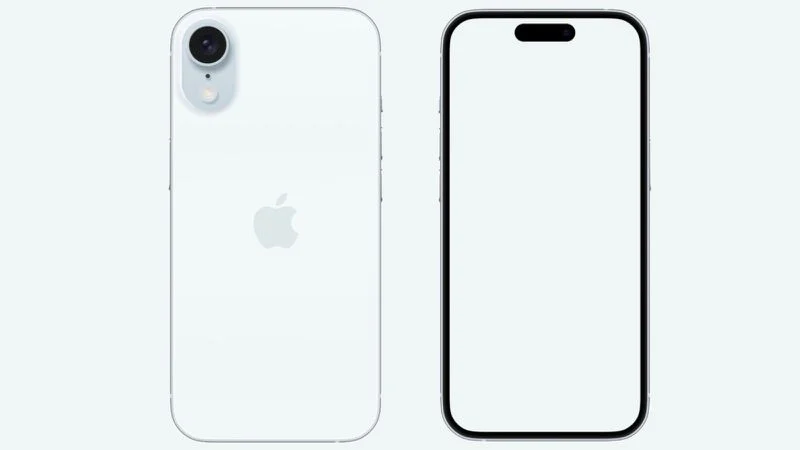T-Mobile has launched a public beta for its Starlink satellite service, inviting everyone in the U.S. with a compatible iPhone or Android phone to join. This is great news even if you’re not with T-Mobile, as you can test this new way to stay connected without traditional cell service.
How to Get Involved:
- Free Beta Access: You can sign up to use Starlink for free until July, but there are only a few spots.
Pricing After July:
- T-Mobile’s Go5G Next plan users and those with other eligible plans will keep using it for free.
- If you have another T-Mobile plan, you can add Starlink for $15 a month, per phone line.
- Users on other carriers will pay $20 a month, per line.
- Early Bird Discount: Sign up before February ends, and you’ll get the service for just $10 per month starting in July.
Where It Works:
- In areas outside the usual cell service range in the U.S., your phone will link up with one of Starlink’s many satellites to send and receive texts when you’re off the grid.
Future Features:
- While it currently supports messaging, T-Mobile plans to add voice calls and internet data soon.
iPhone Users, Take Note:
- Your iPhone will show “SAT” when using this satellite service.
- To stop using it, go to Settings, find Cellular, select your carrier, and switch off Satellite.
What You Need:
- An iPhone 14, 15, or 16 model.
- The newest iOS update.
- A compatible carrier plan.
This isn’t the first time iPhones have used satellites; Apple already has a deal with Globalstar for emergency messaging. However, Starlink’s network is much bigger, offering smoother, automatic connections without aiming your phone.
Remember:
- Apple’s satellite features are currently free, but this might change.
- The service is available in the U.S., with varying availability elsewhere.
Starlink’s wide reach could change how we think about staying connected, making it an exciting time for smartphone users looking to stay in touch no matter where they are.








